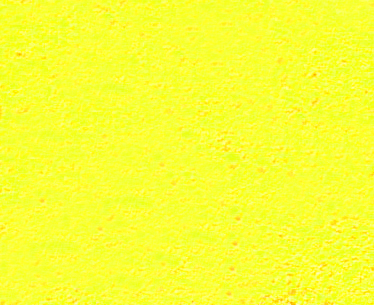The relationship between crystal form and hue of phthalein blue pigments
2025-01-08
In the field of pigments, especially the pigments of the phthalocyanine blue series, crystal is a very important characteristic, which contains two crystal types, α and β. The existence of these two crystal forms is not accidental, they are determined by a variety of complex factors such as the arrangement of pigment molecules, and because of this, they have many differences in physical and chemical properties.
From the crystal classification point of view, PB15:0, PB15:1, PB15:2 these models belong to the α crystal type. α-crystal phthalocyanine blue pigments show the characteristics of reddish blue in the hue. For example, PB15:0, which is also known as pigment Blue 15:0 or phthalocyanine blue B. The blue color of this pigment is very pure, just like the purest blue in the deep sky. When it is compared with phthalocyanine blue BGS, it will be found that its color is significantly red phase. PB15:1 also belongs to the α crystal type, and is also the color of red blue, but if it is compared with PB15:0 and PB15:2, it will be noticed that its color has a little special, that is, relatively speaking, it is more green phase, as if in the original rich red blue, mixed with a subtle green tone, Gives the colour a unique touch.
PB15:3 and PB15:4 belong to the beta crystal type. Beta crystal form of these two pigments, their hue is green light blue. This is because the unique molecular structure and crystal structure of the beta crystal have specific laws for the reflection and absorption of light, so that the color we see shows the effect of green light blue. Among them PB15:4 is more special, it shows the green light blue is not only biased to this hue, but also more pure and vivid. Just like in the depths of a green forest, there is a clear spring, shining in the sun that is full of vitality, pure and bright green light blue, this color is very attractive, in many areas that need specific color effects, such as painting, printing, plastic products color allocation, etc., has a unique application value.
There is a close relationship between hue and crystal type. Due to the difference in crystal type, these models must also have differences in hue. This difference is not only a simple difference in color, it involves the molecular structure of the pigment,




